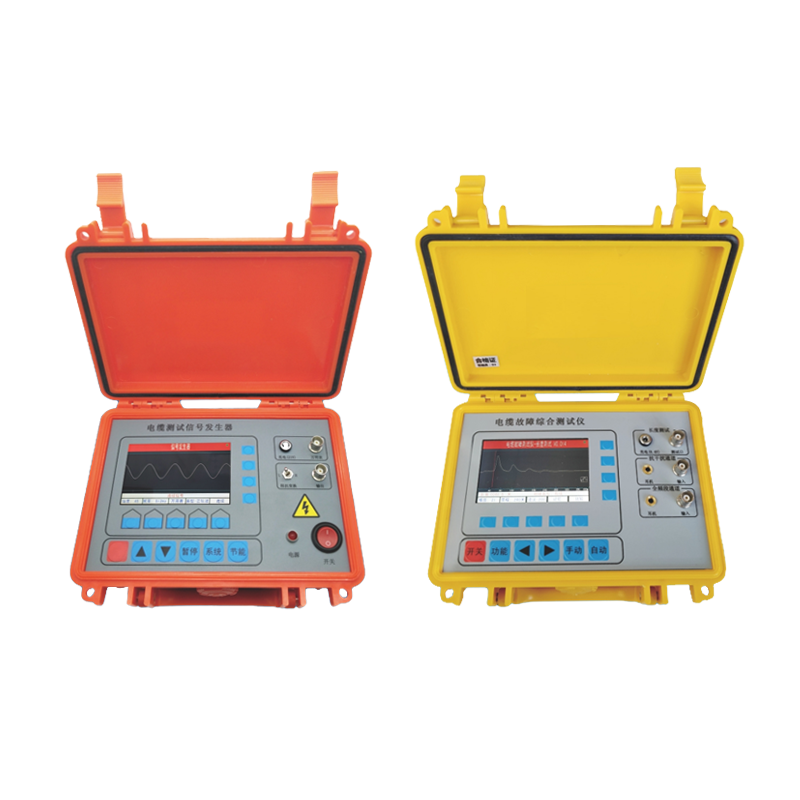With the development of electricity, more and more people rely on electricity in life, and the importance of wire and cable has also been highlighted. We know that wires and cables are used for power transmission. If the wire and cable continue to heat during operation, the temperature of the wire and cable will be too high, light will cause short circuit trip and other cable failures, heavy will cause fire, so use wire and cable. Special care must be taken when heat is generated during operation. The following are six factors that cause power cables to heat up during operation.
1, the cable conductor resistance does not meet the requirements, the formation of cable heating phenomenon during operation.

GDTG-600S cable fault multi-function tester
2. Improper cable selection. The section of the formed cable conductor is too small, and overload occurs during operation. After long-term use, the cable heat and heat dissipation imbalance, resulting in heat phenomenon.
3, when the cable device is placed too close, the ventilation and heat dissipation effect is not good, or the cable is too close to other heat sources, affecting the normal heat dissipation of the cable, and may also form a heating phenomenon in the internal operation of the cable.
4, the joint manufacturing process is not good, the crimping is not tight, the contact resistance at the joint is too large, and the cable will also form fever.
5, the cable phase insulation function is not good, the insulation resistance formed is small, and the operation will have a heating scene.
6. The sheath of armored cable is damaged. After entering the water, the insulation function is slowly destroyed, the insulation resistance is gradually reduced, and the heating phenomenon is also formed during the operation of the cable.
If the power cable heats up and no fault is found, connect the power cable to the power supply, resulting in thermal insulation breakdown. Formation of cable attack interphase short-circuit trip site, serious may cause fire.
When the power line passes a certain load current, it will definitely heat up. As the load current increases, the temperature of the cable surface will be higher. If not dealt with in time, the result can be imagined. For example, polyvinyl chloride (PVC) cables are considered to have a core temperature of 70 degrees and a surface temperature of 5 to 10 degrees lower. Therefore, the cable surface temperature below 60 degrees is basically safe, from the power supply protection consideration, of course, the lower the temperature the better.
Post time: Nov-29-2023
